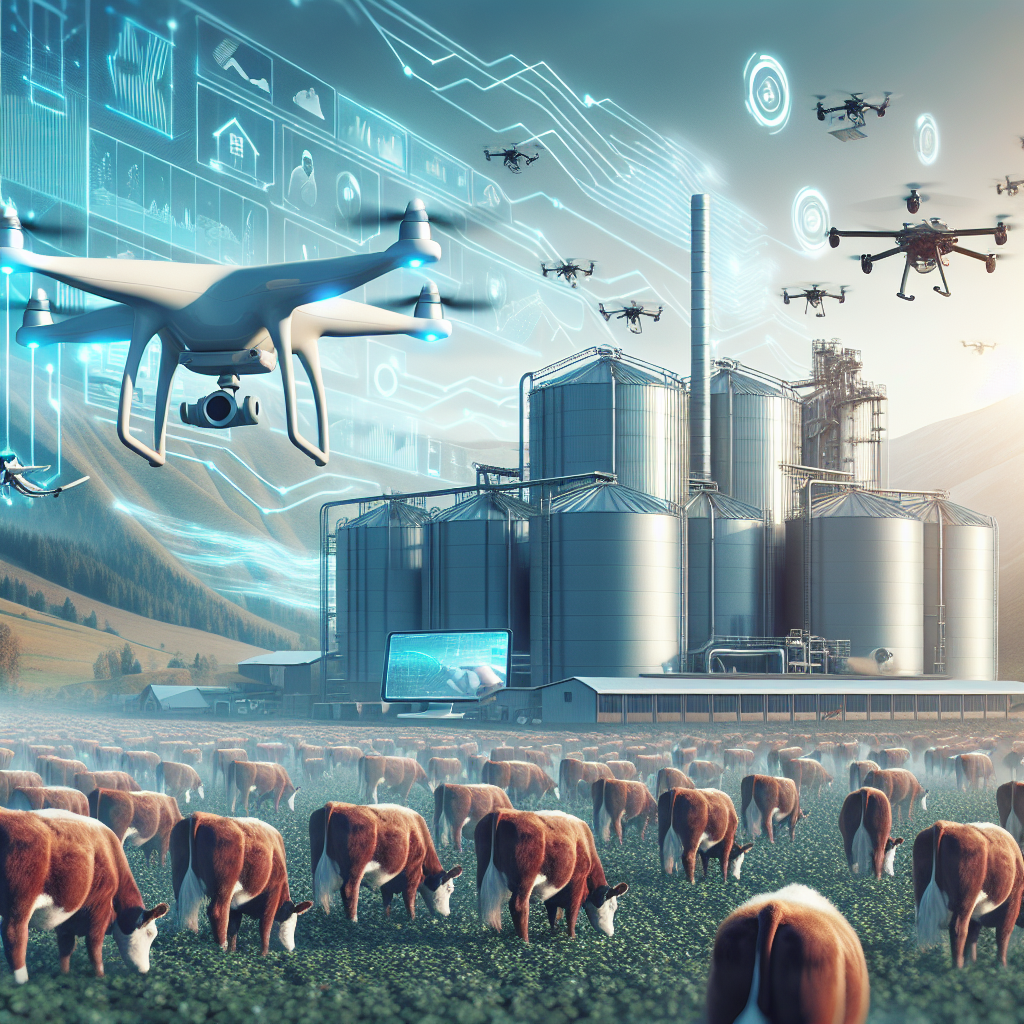
The Canadian beef industry is at the forefront of a technological revolution that promises to enhance productivity, sustainability, and animal welfare. As global demand for beef continues to rise, Canadian producers are adopting innovative solutions to stay competitive and environmentally conscious. In this post, we explore how various technologies are transforming the sector and the potential benefits they offer to both producers and consumers.
Growth-enhancing technologies are playing a crucial role in improving cattle growth rates and feed efficiency. Producers are increasingly utilizing hormonal implants, beta-adrenergic ligands, and ionophores. These advancements have been shown to increase feed efficiency by up to 14.2% in steers and 8% in heifers. Furthermore, they contribute to a reduction in greenhouse gas emissions per kilogram of beef produced by approximately 5.8% for steers and 6.7% for heifers. This not only boosts productivity but also aligns with sustainability goals by minimizing the environmental impact.
The integration of artificial intelligence (AI) in genetic evaluation marks a significant leap forward for the industry. With CA$1.7 million in funding from the Canadian government, the Canadian Angus Association is developing AI-driven tools to monitor traits that enhance farmer profitability and environmental sustainability. By capturing extensive data on cattle health and welfare, these tools enable producers to make informed decisions that optimize breeding programs and improve overall herd quality.
Health monitoring through wearable technology is another advancement gaining traction. Researchers at the University of Calgary are pioneering the use of collars on bulls to detect early indicators of disease. This real-time health monitoring allows for prompt intervention, thereby improving animal welfare and reducing the risk of disease outbreaks. These innovations ensure that the Canadian beef industry maintains high standards of animal care while maximizing production efficiency.
Automation is revolutionizing meat processing facilities across Canada. The Canadian Meat Processing Technology Development Challenge encourages the development of automated solutions such as robotics and AI to enhance efficiency and worker safety. These technologies aim to modernize operations, ensuring that facilities can meet high food safety standards while reducing labor-intensive tasks.
Technological adoption is also evident in cow-calf operations, with nearly 50% of Canadian producers using cameras for monitoring. There is a growing interest in utilizing drones for tasks such as fence inspection and cattle tracking. Regional variations exist, with western provinces focusing on growth and feeding precision, while eastern producers emphasize breeding technologies. This diversity in technology adoption highlights the adaptability and innovation within the industry.
The Canadian beef industry's embrace of technology is positioning it for a more efficient, sustainable, and competitive future. From growth-enhancing technologies to AI-driven genetic evaluation and automation in processing, these advancements are setting new standards for productivity and sustainability. As the industry continues to evolve, producers and consumers alike stand to benefit from these innovations.